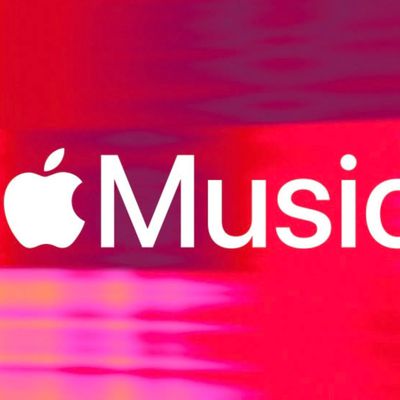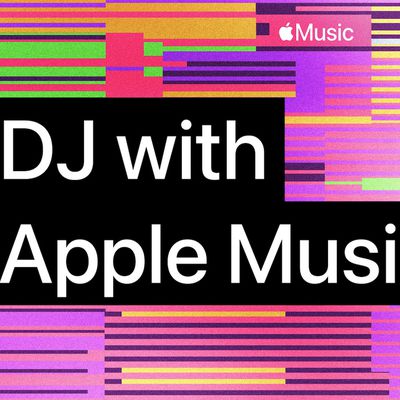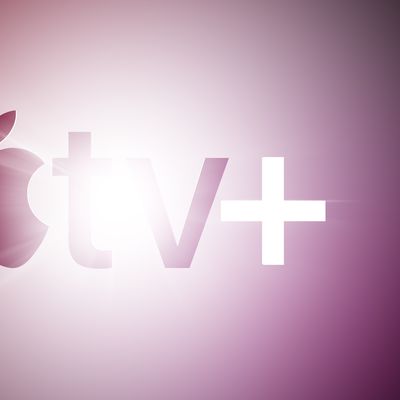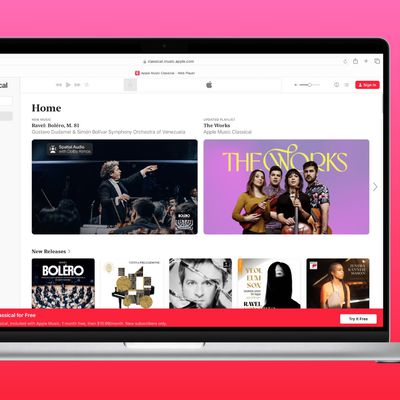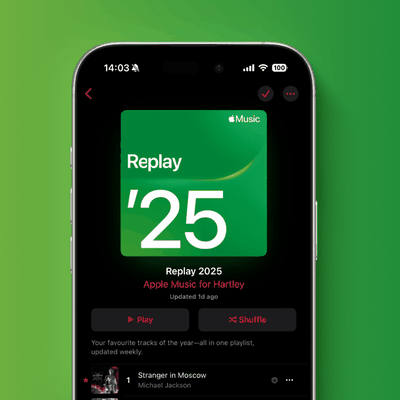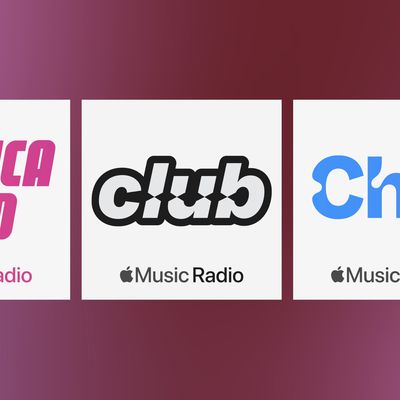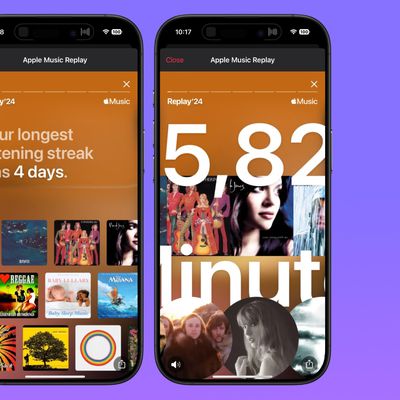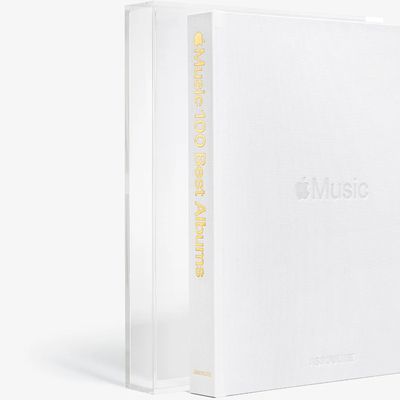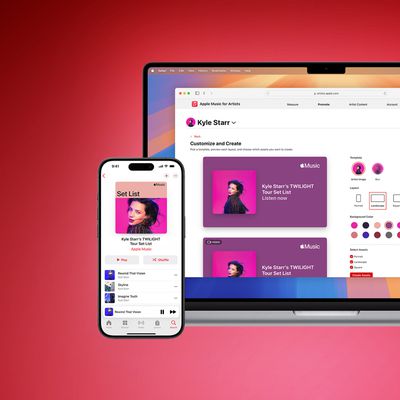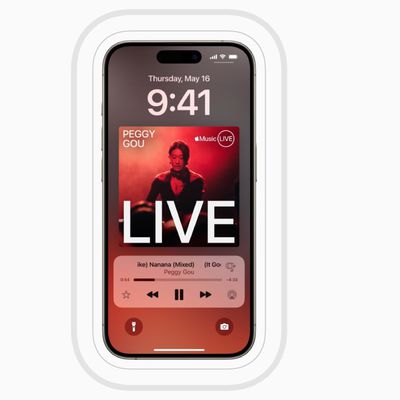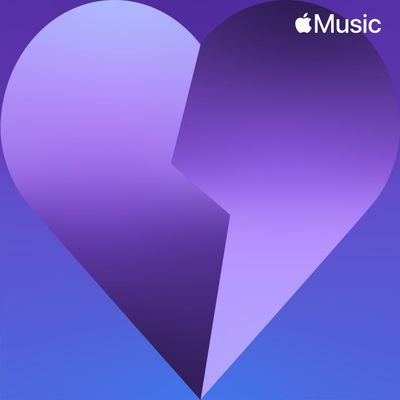Apple Music is Apple's streaming music service, comparable to similar streaming services like Spotify, Amazon Music Unlimited, Google Play Music, Tidal, and others, though it has a leg up over many of its competitors with high-quality lossless audio and Spatial Audio support.
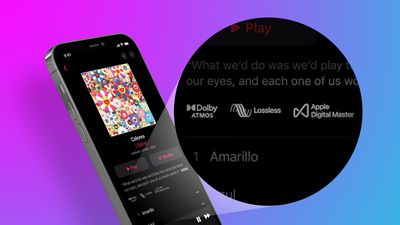
Apple Music boasts access to more than 75 million songs. Content can be streamed or downloaded for offline play, and there are also song and genre-based radio stations available along with the curated Beats 1 radio station.
Apple Music integrates with your existing iCloud Music Library, so you can combine Apple Music songs with songs that you have previously purchased on iTunes all in one unified location.
Apple Music's Standout Features
Apple Music supports Spatial Audio and Lossless Audio, two features that are being provided to Apple Music subscribers at no additional cost. Both of these features significantly improve the Apple Music listening experience by offering higher-quality music and a surround sound-like experience.
Spatial Audio with Dolby Atmos
Spatial Audio with Dolby Atmos provides an immersive, multi-dimensional audio experience that allows artists to mix music in a way that makes it sound like the notes are coming from all around you. Apple Music automatically plays Dolby Atmos tracks on all AirPods and Beats headphones with an H1 or W1 chip, as do the built-in speakers of the newest iPhones, iPads, and Macs. Support for Spatial Audio is also available in the Apple Music app for Android.
Apple adds new Dolby Atmos tracks on a regular basis and provides a curated selection of Dolby Atmos playlists. At launch, there were thousands of Spatial Audio songs available across a wide range of genres. Apple is working with Dolby to make it easy for musicians, producers, and mix engineers to create songs in Dolby Atmos.
Lossless Audio
Apple in June 2021 upgraded its entire music catalog to Lossless Audio with the ALAC (Apple Lossless Audio Codec) that preserves the details in the original audio file. Apple Music subscribers will be able to hear songs exactly as the artists recorded them in the studio.
The standard Lossless tier starts at CD quality, which is 16-bit at 44.1 kHz, and it goes up to 24 bit at 48 kHz. There's also a Hi-Res Lossless tier available at 24 bit 192 kHz, but Hi-Res Lossless requires an external digital-to-analog converter (DAC).
The AirPods, AirPods Pro, and AirPods Max do not support lossless audio. Apple says that lossless audio can be listened to using the latest Apple Music app on an iPhone, iPad, Mac, or Apple TV. Support for lossless audio on the HomePod and HomePod mini was added in October 2021.
Other Apple Music Features
All of the streaming services have differences, and with Apple Music, Apple has focused on human curation. While there are some algorithmically created playlists, a lot of the content highlighted on Apple Music is done by Apple Music editors.
Apple offers regularly updated personalized playlists in a "For You" tab, including a favorites mix, a chill mix, a friends mix, and a new music mix, along with other playlist options that are updated on a daily basis.
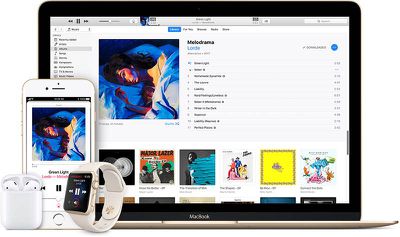
Apple Music also often has exclusive album releases, documentaries, and music videos that aren't available on other platforms as a way to lure subscribers.
Beats 1, Apple Music's 24/7 live radio station, is also one of the service's unique features. It features songs curated by DJs along with a multitude of special shows, sometimes created by artists.
Live Radio Stations
Apple in iOS 13 added support for more than 100,000 live radio stations from around the world to Apple Music, so you can ask Siri to play your favorite local radio station.
What's Included in a Subscription
- Unlimited access to Apple Music songs on demand
- Spatial Audio with Dolby Atmos at no extra cost
- Lossless audio on supported devices at no extra cost
- Personalized algorithmic playlists
- Curated playlists
- Mood-based playlists
- User-created playlists
- Beats 1 Radio
- Access to other radio stations
- Offline song playback
- Existing music matched to iTunes catalog and added to iCloud Music Library
- Music and playlist syncing across all Apple Music-compatible devices
Apple Music Availability
Apple Music is available in over 100 countries and regions, with a full list of countries available on Apple's website.
Classical Music
Apple in August 2021 acquired classical music service Primephonic, and Primephonic's offerings are being baked into the Apple Music app.
Apple is creating a dedicated Primephonic experience in Apple Music, which is aimed at classical music fans. The Apple Music app will offer playlists and audio content from Primephonic, along with improved browsing and search capabilities by composer and repertoire, better classical music metadata, and more.
In the future, Apple plans to create a dedicated classical music app that combines Primephonic's classical music user interface with added features.
Apple Music Voice Plan
Apple in December 2021 introduced the Apple Music Voice Plan, a $4.99 Apple Music option that allows for content to be accessed solely by Siri command on supported devices like HomePod, iPad, iPhone, and Mac.
The $4.99 per month Apple Music Voice Plan is entirely separate from the $9.99 per month full Apple Music subscription, which already includes all of the features of the Apple Music Voice Plan. If you already subscribe to Apple Music, you have full Siri access and won't also need the Apple Music Voice Plan.
Apple designed the Apple Music Voice Plan as a more limited version of the standard Apple Music subscription. It's primarily designed to allow you to ask for songs and albums from the Apple Music catalog by Siri request rather than through the Apple Music app interface.
So to find music, you'd just go ahead and ask Siri to play something instead of looking it up in the Apple Music app. You do need to have Siri enabled on your devices, and Apple Music Voice works well on all devices that support Siri. It's particularly useful with CarPlay in the car and on the HomePod where the natural inclination is to use voice control.
Apple Music Voice Plan has a limited interface in the Apple Music app, but it does offer full access to Apple's song catalog and radio stations, as well as playlist suggestions. You can actually search for artists, albums, and songs using the Apple Music app, and you can listen to previews of songs, but not the full song. If you find a song in Apple Music that you want to play after hearing the preview from tapping it, you'll need to ask Siri to play the full version.
With the Apple Music Voice Plan, there is no option to add songs or albums to the Library, nor can you create playlists or save music for offline listening. Apple Music Voice does not support viewing lyrics, watching music videos, seeing what friends or listening to, nor does it off Spatial Audio or Lossless Audio.If you want those features, you need to upgrade to the full Apple Music subscription.
Device Compatibility
Apple Music works on all of Apple's devices, including iPhone (CarPlay included), iPad, Apple Watch (with no iPhone on LTE models), Apple TV, Mac, HomePod, and HomePod mini.
It's also available on non-Apple devices, so you don't need to be an Apple user to get it. It works on on PCs with the PC version of iTunes, on Android devices with the Android Apple Music app, on Sonos devices, and on Amazon-branded Echo devices.
Cost
Unlike Spotify, Apple Music does not offer a free ad-supported music tier. A paid subscription is required for all Apple Music content.
A standard Apple Music subscription costs $9.99 per month in the United States. With UNiDAYS verification, college students can sign up for a discounted Apple Music subscription that costs $4.99 per month. The Apple Music Voice Plan is $4.99 per month.
A family plan is available for $14.99 per month, and it allows up to six people to listen to Apple Music. A family subscription requires Family Sharing to be set up, which requires all people in the family to use the same credit card for iTunes billing purposes.
Apple Music can also be combined with other Apple services as part of an Apple One bundle to save money compared over subscribing to the services individually.
Pricing for Apple Music does vary by country, but is generally similar to the U.S. pricing.
In the United States, Verizon subscribers with Beyond Unlimited or Above Unlimited data plans can access Apple Music for free.
Free Trial
Apple offers free three-month free trials for Apple Music, and in some cases, has been known to offer additional trial months to encourage listeners to sign up for a paid subscription.
Apple Music Basics
- How to Sign Up for Apple Music
- How to Sign Up for an Apple Music Family Plan
- How to Sign Up for an Apple Music Student Plan
- How to Set Up Apple Music
- How to Cancel an Apple Music Subscription
Using Apple Music
- How to Use Apple Music on Android
- How to Use Apple Music on Apple Watch
- How to Sync Albums and Playlists From Apple Music to Apple Watch
- How to Stream Apple Music to an AirPlay Speaker or Apple TV
- How to Customize Apple Music With Loves and Dislikes
- How to Transfer a Spotify Playlist to Apple Music
- How to Customize Your Apple Music Library
- How to Turn on Automatic Downloads for Songs in Apple Music
- How to Turn On iCloud Music Library for Apple Music
Managing Your Music
- How to Add Music to Your Apple Music Library
- How to Create a Playlist in Apple Music
- How to Add Photos to Playlists
- How to Download Songs for Offline Playback on Apple Music
- How to Remove Downloaded Apple Music Songs
- How to Add Star Ratings to Songs in Apple Music
- How to See Song Lyrics in Apple Music
Finding Songs
- Useful Siri Commands That Work With Apple Music
- How to Search for Songs Using Lyrics in Apple Music
- How to Ask Siri on HomePod to Play Apple Music Playlists, Genres, Moods, and More
Radio
Sharing
- How to Share Songs and Albums With Friends in Apple Music
- How to Share Apple Music Playlists With Friends
- How to See What Your Friends Are Listening to in Apple Music
- How to Subscribe to a Friends' Playlist in Apple Music
Apple Music on Other Devices
More Apple Music Tips
- How to Set an Apple Music Song as an Alarm
- How to Limit How Much Space Apple Music Takes Up on Your iPhone
- How to Listen to Apple Music on the Web
- How to See 'Spotify Wrapped' for Apple Music
Apple Music Comparison Guides
Trying to decide between Apple Music and another service? Make sure to check out our guides comparing Apple Music with other streaming music options that are out there.
- Spotify vs. Apple Music
- Google Play Music vs. Apple Music
- Amazon Music Unlimited vs. Apple Music
- Tidal vs. Apple Music
In a nutshell, Apple Music is the ideal choice if you're in the Apple ecosystem, have a HomePod, prefer human-based curation, and already have an existing iTunes music collection.
Music Quality
Apple Music uses 256kb/s AAC (Advanced Audio Coding) files for standard playback, but Apple Music also has a lossless tier.
Apple Music lossless in the ALAC format starts at CD quality, which is 16-bit at 44.1 kHz (kilohertz) and goes up to 24-bit at 48 kHz for native playback on supported Apple devices. Apple Music is also available in a Hi-Resolution lossless tier that goes to 24-bit at 192kHz, but a USB digital-to-analog converter (DAC) is required.
Music quality can be adjusted in the Apple Music app by going to Settings > Music > Audio Quality, and music types can be picked for different connections and playback methods, including cellular, WiFi, and download.
DRM
You can download songs from Apple Music for offline playback, but the content that you download is protected by DRM (digital rights management), much like other streaming music services.
If you cancel your Apple Music subscription, the Apple Music songs that you've downloaded will no longer work. Apple Music songs also can't be transferred to other devices, downloaded, burned to CD, or used off-device in any way.
Note that with iCloud Music Library enabled, all of your Apple Music content will be available on all of your Apple Music-compatible devices.
Guide Feedback
Have an Apple Music question or tip that you don't see available in our guide? Email us at tips@macrumors.com.


